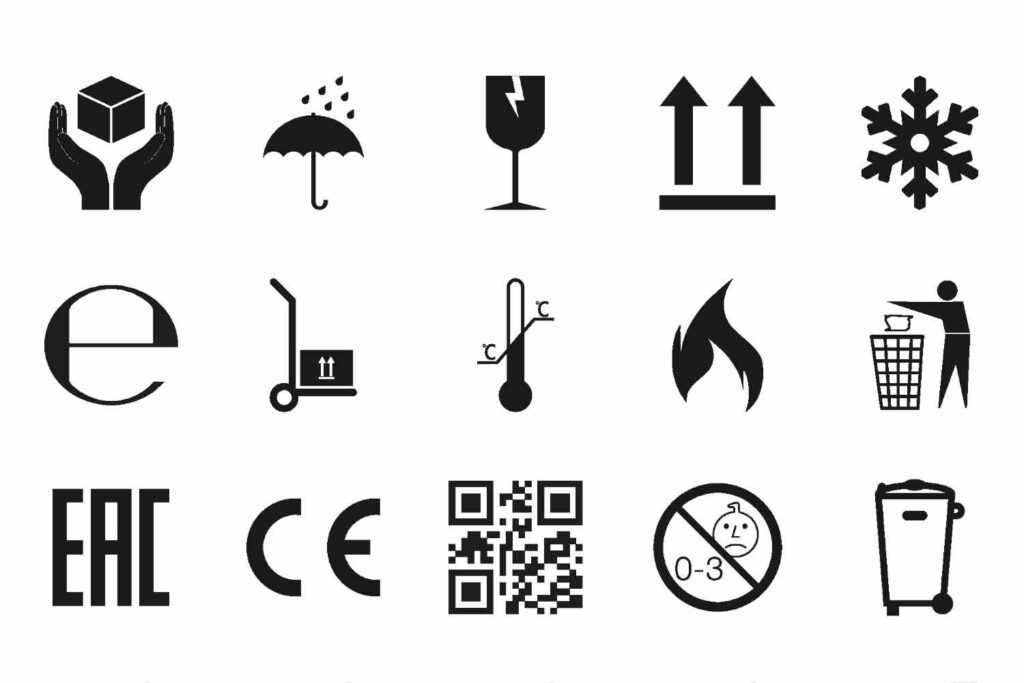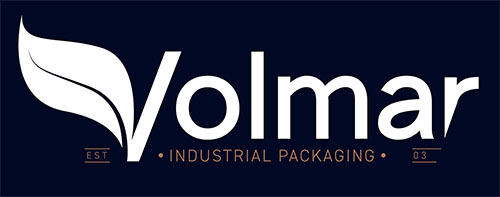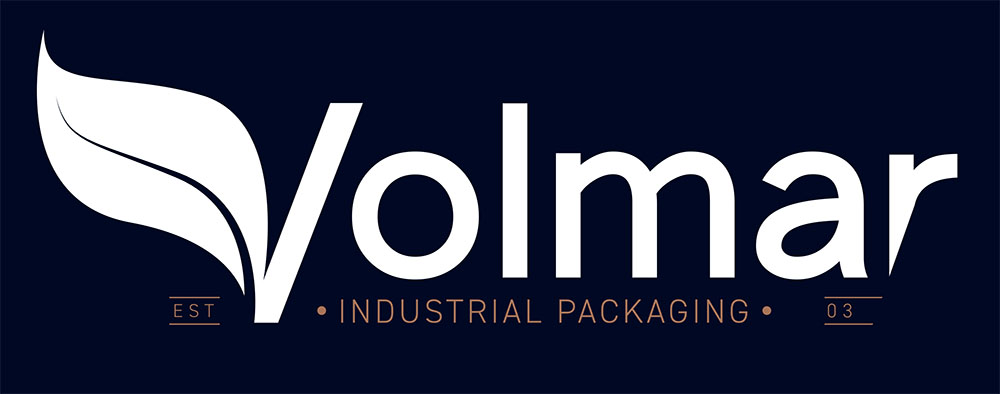
The symbols on food labels play an essential role in product packaging in the food & beverage sector. They are icons that help consumers but they are also fundamental tools for professionals in the food industry.
From information about whether the material used for the packaging can be recycled, to guidelines on the expiration date and storage, it is crucial to know the meaning of packaging symbols. We look at the main icons used, which are mandatory and the functions of the symbols on food product packaging.
The 10 main symbols on food packaging
Food packaging requires accurate labeling to communicate with consumers and those who work in the sector clearly and in a standardized way. A fundamental part of food labels are the symbols on food packaging, which ensure the immediate and unequivocal visual communication of certain important instructions about the product.
Food packaging symbols can inform about recycling methods, the materials the packaging is made from or the food’s expiration date. These icons can provide useful information about the product’s safety and certification but also basic information about quality, sustainability and how to use and prepare the food.
In this in-depth guide, we include the 10 main food packaging symbols and analyze their meanings in detail. Some of the symbols are mandatory on food packaging, while others are optional or relate to the certifications obtained by the individual product.
1. Food recycling symbol
One of the most common symbols on food packaging is the international recycling icon, which consists of three folded arrows that form a triangle. How to interpret the recycling symbol The graphic symbolizes the circularity of the recycling process, which starts with the correct disposal, continues with the reuse of the material and ends with an asset made from this recycled raw material.
2. Do not litter after use
What does the man with the trash can mean? This symbol recommends not littering after use but instead throwing the material in an appropriate trash can. It does not provide specific information, just general advice not to throw trash in unsuitable places so as not to pollute the environment.
3. Plastic recycling codes
Recyclable plastics are represented by specific recycling symbols, which include the international recycling icon and a certain code. The three arrows are narrower on this symbol with the initials and the number identifying the packaging material, for example 01 PETE for polyethylene terephthalate, 02 HDPE for high-density polyethylene, AL or ALU for aluminum and 05 PP for polypropylene.
4. Net weight mechanical estimation
Often confused with the European mark, the letter “e” in large print is the symbol of the mechanical estimate of the net weight, which indicates that the product weight might change slightly when the packaging is filled. This is not a mandatory symbol but an optional one that indicates the estimated amount of a product, which could have experienced a change in weight.
5. CE mark
The capital letters CE indicate that the product complies with the safety standards established by European directives. It is the CE mark, which should not be confused with the China Export symbol. The latter has a smaller space between the two letters, whereas in the symbol representing compliance with European regulations the letters are further apart.
6. Food-safe materials
What does the glass and fork symbol mean? This icon shows that the materials are suitable for contact with food; it is a very common symbol on food packaging. In particular, this symbol indicates that the packaging does not compromise or alter the quality or edibility of food it comes into contact with.
7. Expiration date
A very common symbol on food products is the image of the half-full hourglass, which symbolizes the product’s expiration date. It is one of the mandatory symbols on food packaging for products that last less than 30 months. The day, month and year of the food’s expiration must be stated along with the words “best before…”.
8. Add hot water
The symbol of the tilted jug with water coming out of the spout indicates that the product must be consumed by adding hot or boiling water. The icon can appear on its own or with an indication of the recommended temperature to use to prepare the product.
9. European organic logo
Food products that meet the EC’s organic standards feature an image with a green background and a leaf consisting of 12 white stars – those of the European flag. This logo is permitted on packaging for foods that have a percentage of organic ingredients greater than or equal to 95%, which often use eco-friendly packaging.
10. Mark identifying the production site
Finally, one of the most important packaging symbols is the white oval with codes inside, which indicates the site where the product was made and packaged. This graphic element is fundamental for food product traceability because it means that the food can be traced back to the production and packaging site if there are any problems with it.

